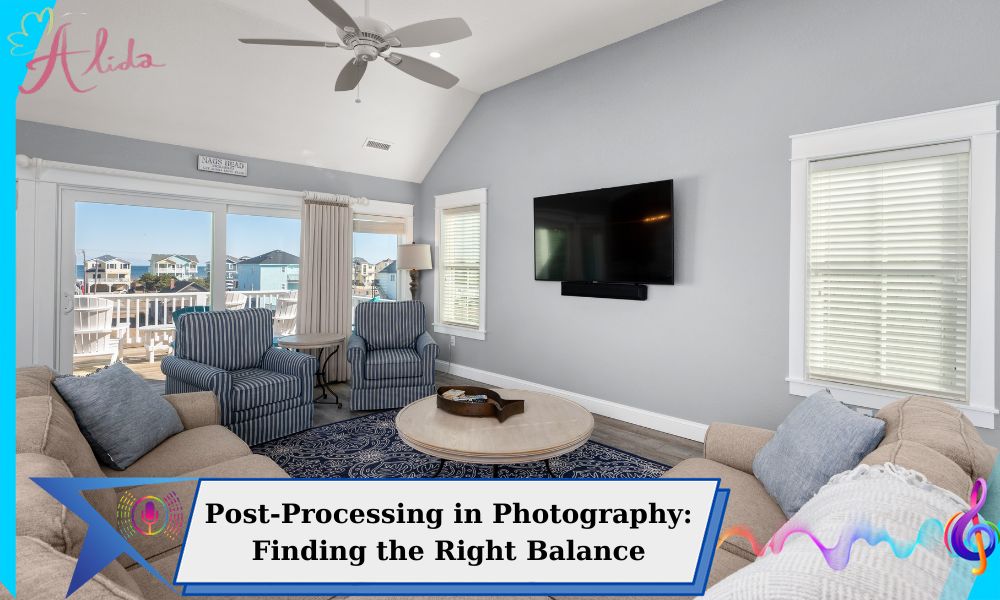Post-processing is a vital part of modern photography. It allows photographers to enhance their images, bringing out their full potential by making color corrections, adjusting exposure, and sharpening details. However, the debate about how much post-processing is acceptable has been a longstanding issue in the photography world. While some argue it’s a necessary tool, others believe it can distort the image and misrepresent reality.
Common Post-Processing Techniques
Post-processing can involve a wide range of techniques, each serving a unique purpose. Common adjustments include:
- Color Corrections: Adjusting the saturation, contrast, and temperature to make colors pop or feel more natural.
- Exposure Adjustments: Fine-tuning the brightness and shadows to balance the image’s lighting.
- Sharpness Enhancements: Ensuring the photo is crisp and detailed without appearing overly edited.
- Noise Reduction: Reducing grain or unwanted artifacts in low-light images for a cleaner look.
Photographers also use special effects to enhance the artistic appeal of images:
- Filters: Applying filters to change the mood or tone of the photo.
- Retouching: Smoothing out skin imperfections or removing distractions from the background.
- Artistic Enhancements: Adding elements like vignettes or blurring certain parts to focus attention.
When Does Image Editing Go Too Far?

The main challenge with editing images lies in recognizing when it becomes excessive. Many photographers believe that over-editing can result in unrealistic representations, leading viewers to doubt the authenticity of the photo. In real estate photography, for example, overly altering elements like the sky or landscape can mislead potential buyers.
From an ethical perspective, the goal of image enhancement should be to improve, not deceive. It’s vital to retain the true character of a property while still showcasing it effectively, as over-editing can cause discrepancies between the visuals and reality.
Finding Balance: How Much Post-Processing Is Enough?
Finding the perfect balance between enhancement and authenticity can be challenging. The right amount of post-processing should make a photo more engaging without changing its fundamental truth. Professional photographers often rely on guidelines that help maintain this balance:
- Focus on improving the image’s technical aspects, such as sharpness and exposure, rather than altering the image’s core elements.
- Use post-processing to highlight the key features of a property or subject without obscuring or manipulating the truth.
As you refine your post-processing techniques, the goal should always be to retain the integrity of the original image. The process should enhance, not obscure, the subject’s true nature.
Conclusion:
Post-processing is more than just a technical skill—it’s an art. Knowing when to stop editing is essential. Over-editing can make an image look artificial, but proper post-processing can bring out a photograph’s full potential without compromising its authenticity. In the end, the key to great post-processing is finding a balance that enhances the image while staying true to its original form.
If you’re looking for professional real estate photo editing services, Alida offers high-quality image editing to ensure your photos stand out. Contact us at photonews121@gmail.com to get started!








